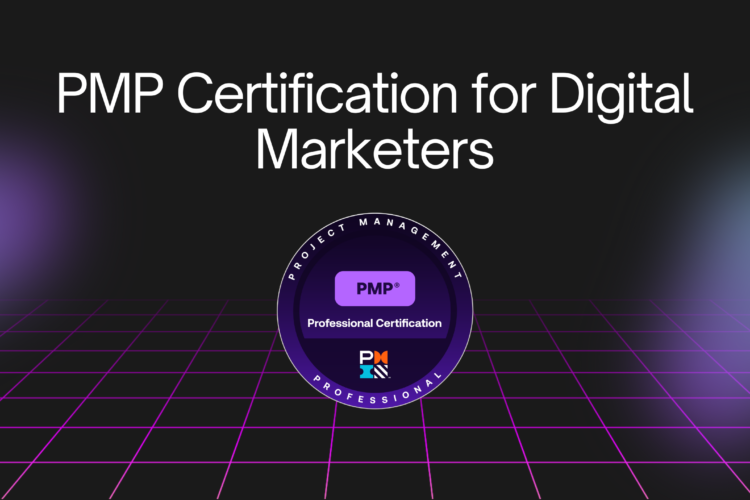
Graphic design internships are a pivotal bridge between academic education and real-world application. They offer a unique opportunity for aspiring designers to delve into the professional realm, refine their skills, and cultivate invaluable industry experience. In this extensive manual, we delve into the essence of graphic design internships, exploring their pivotal role in shaping careers and offering exclusive insights into securing and excelling in these sought-after roles.
Understanding the Significance of Graphic Design Internships
Graphic design internships serve as immersive learning experiences, enabling individuals to apply theoretical knowledge to practical scenarios. These internships offer a multifaceted learning environment where interns collaborate with seasoned professionals, contribute to real projects, and gain insights into the inner workings of design studios, agencies, or in-house creative departments.
Graphic design internships offer many benefits, with one standout advantage being the rich exposure to a kaleidoscope of projects. Interns can work on branding initiatives, digital marketing campaigns, website designs, and print materials. This exposure not only broadens their skill set but also helps them identify their areas of interest and expertise within the expansive field of graphic design.
Moreover, internships provide a platform for networking and mentorship. Interacting with industry professionals gives interns valuable insights, feedback, and guidance, which can significantly accelerate their growth trajectory. Establishing meaningful connections during internships can also open doors to future employment opportunities and collaborations.
Securing a Graphic Design Internship
Securing a graphic design internship begins with strategic planning and preparation. Here are some essential steps to enhance your chances of landing the ideal internship:
Craft an Impressive Portfolio: Your portfolio is your most potent tool for showcasing your skills and creativity. Curate a diverse selection of your best work, including projects from your coursework, personal endeavours, and any freelance work.
Polish Your Resume and Cover Letter: Craft your resume and cover letter meticulously, ensuring they vividly portray your genuine passion for design and seamless fit for the internship position. Highlight relevant experiences, skills, and achievements, and customize your application for each internship opportunity.
Research Potential Internship Opportunities:
- Explore internship listings on job boards, company websites, and professional networking platforms.
- Research the companies thoroughly to understand their culture, clientele, and design aesthetic.
- Personalize your application to illustrate how your beliefs and aspirations align harmoniously with their organizational values and overarching vision.
Prepare for Interviews: Be prepared to showcase your skills and personality during interviews. Familiarize yourself with typical interview queries and rehearse your responses thoughtfully. Equip yourself to delve into your portfolio and elucidate your design methodology. Furthermore, cultivate a set of inquiries tailored to the interviewer, illustrating your genuine C for the organization and the position.

Utilize Your Network: Leverage your connections within the industry to uncover hidden internship opportunities and obtain referrals. Participate in industry mixers, creative workshops, and design symposiums to broaden your circle and glean wisdom from seasoned veterans.
Thriving as a Graphic Design Intern
Once you’ve secured a graphic design internship, you must make the most of the experience and leave a lasting impression. Here are some tips for thriving as a graphic design intern:
Stay Curious and Proactive:
- Approach your internship with a curious mindset and a willingness to learn.
- Take the initiative to seek out new projects, ask questions, and explore different aspects of graphic design.
- Be proactive in offering assistance and contributing ideas, even if they fall outside your responsibilities.
Seek Feedback and Embrace Critique: Actively seek feedback from your supervisors and peers to continuously improve your skills and refine your work.
Develop Time Management Skills: Graphic design projects often have tight deadlines and multiple deliverables. Hone your time management skills to effectively prioritize tasks, meet deadlines, and maintain a high standard of work.
Collaborate Effectively: Graphic design is inherently collaborative, requiring effective communication and teamwork. Embrace collaboration with other interns and team members, actively participate in brainstorming sessions, and contribute positively to group projects. Respect diverse perspectives and be open to compromise to achieve the best possible outcomes.
Stay Updated and Experiment: In the dynamic landscape of graphic design, evolution is constant, marked by the emergence of fresh trends, tools, and technologies. Embrace this perpetual flux by remaining attuned to industry currents and seamlessly weaving innovative techniques into your design repertoire. Moreover, they dare to defy conventions and explore uncharted territories, for it is by pushing the boundaries of creativity that true breakthroughs are forged.
Conclusion
Graphic design internships offer a gateway to professional design’s dynamic and multifaceted world. By seizing these opportunities, aspiring designers can gain invaluable experience, expand their skill set, and establish connections that pave the way for future success. With careful preparation, perseverance, and a passion for creativity, graphic design interns can embark on a transformative journey towards fulfilling their professional aspirations.


